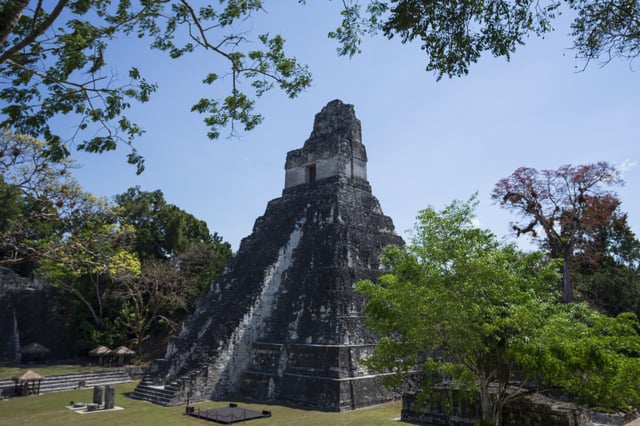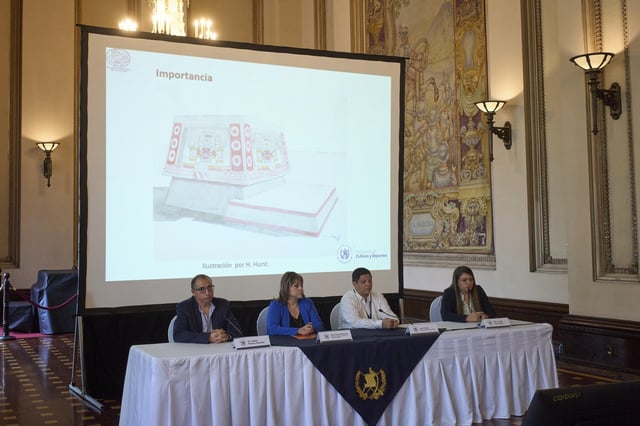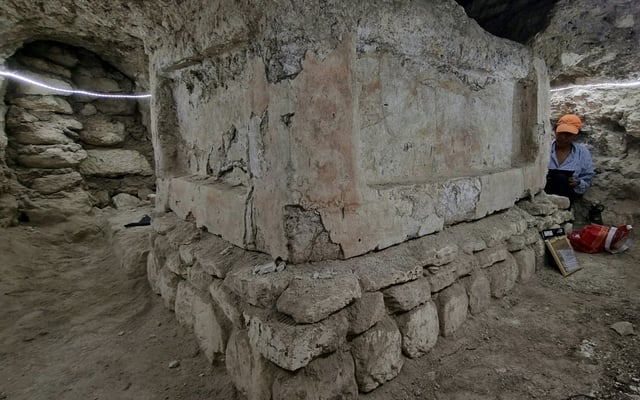Overview
- Archaeologists have uncovered a Teotihuacan altar in Tikal, Guatemala, dated to 400-450 AD, reinforcing evidence of cultural and religious exchanges between the Mayan and Teotihuacan civilizations.
- The altar, adorned with iconography of the Teotihuacan storm goddess, features a painted face, tasseled headdress, and necklace, showcasing distinct Central Mexican influences.
- Three children's remains were found near the altar, suggesting sacrificial practices linked to Teotihuacan rituals and deepening insights into shared ceremonial traditions.
- The residential complex containing the altar was initially detected in 2019 using advanced laser scanning technology, underscoring the role of modern methods in uncovering ancient structures.
- Experts describe Tikal as a cosmopolitan center during the Classic period, where interregional interactions shaped its sociopolitical and cultural significance.


